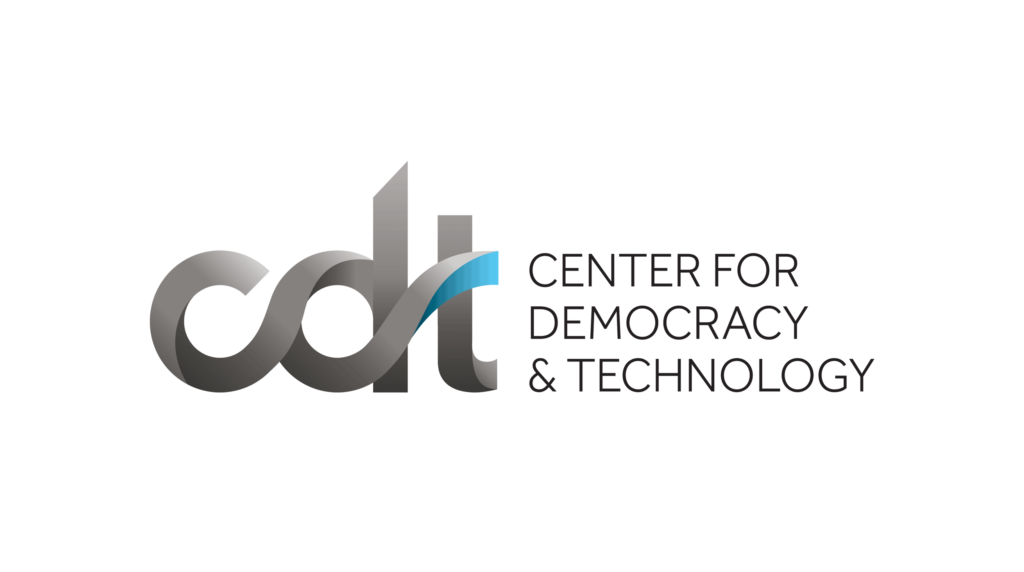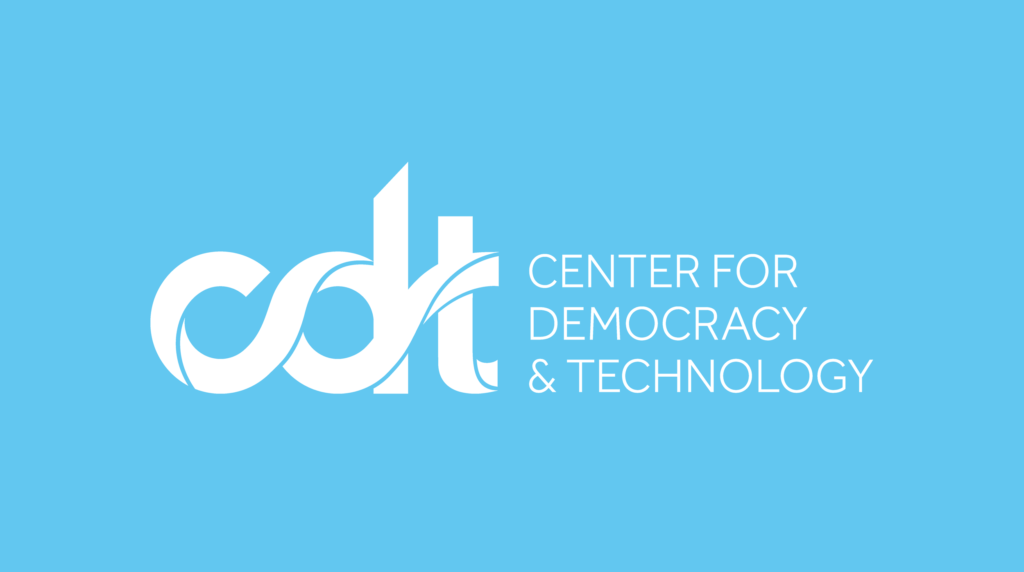Level 3: On the Level?
Without knowing all of the commercial details, it’s hard to know what to make of Level 3’s recent claim that Comcast is threatening the openness of the Internet by requiring Level 3 to pay Comcast a fee to deliver Level 3 traffic to Comcast subscribers. But as the companies have traded arguments in both directions (see Comcast’s initial comments, Level 3’s response, and Comcast’s FCC ex parte), certain aspects of the spat are starting to become a little more clear. The companies had an existing peering arrangement, which Comcast is seeking to renegotiate in light of increased traffic volume coming from Level 3. Level 3 would rather not pay for a peering connection that used to be settlement-free. While the renegotiation was clearly precipitated by Level 3’s new video streaming deal with Netflix, it’s difficult to see how Comcast’s demands could be construed as targeting particular content, application, or service. The arrangement between the two companies is clearly based on quantities of traffic, not traffic content. So it’s unlikely that this dispute raises net neutrality concerns of the sort that the FCC has been grappling with over the past several years.
This doesn’t mean there aren’t valid questions to be raised. Is Comcast demanding higher fees from Level 3 than it would from other content delivery networks with the same traffic levels? Does Level 3 have alternative ways of interconnecting with Comcast’s network (e.g., transit) that would allow Comcast customers to obtain the content hosted on Level 3’s CDN in the absence of a paid peering arrangement between the two companies? If there’s one sure outcome of this dispute, it will be increased attention to these and other interconnection-related questions within the policy community and among policymakers. The growth of online video is fueling dramatic changes in the Internet’s global topology (see last year’s Atlas Internet Observatory Report) that are putting strains on the traditional peering and transit arrangements that have supported end-to-end interconnection in the past. Engaging policy-minded folks from the US and around the world about how these changes will and should play out will benefit the Internet as a whole; trying to shoehorn the disagreement between Level 3 and Comcast into the current process of creating net neutrality rules will not.

